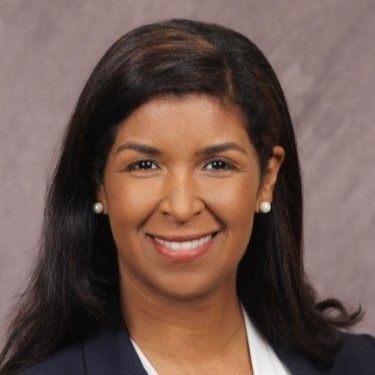Navigating the New World of Work:
Discover valuable insights designed to help you stay informed, connected, and productive during these uncertain times. Hear from LinkedIn’s Chief Economist on the latest economic outlook and hiring trends. Get tips and best practices for navigating this new world of work from Talent Acquisition experts and preview LinkedIn’s latest product updates.
A new world of work is upon us, and with it comes a whole new set of priorities for talent acquisition professionals. For many organizations, hiring has taken a back seat for now, so what can TA teams do instead to navigate these unprecedented times?
Originally aired live at the Impact 2020 Virtual Conference in early June, this session features three experts from the LinkedIn team: Sankar Venkatraman, Global Product Evangelist; Karin Kimbrough, Chief Economist; and Brendan Browne, VP for Global Talent Acquisition. They’re joined by Melissa Thompson, SVP for Talent Acquisition for Nielsen, and collectively, they’ll provide you with actionable insights to help you navigate the Northern American market today—and in the critical months to come.
Stability in hiring trends
While the North American labor market has been hit hard through the first couple months of the lockdown, Karin, LinkedIn’s Chief Economist, has found that there are signs of stability and recovery on the horizon. According to her data on LinkedIn’s hiring rates, the level of US hiring bottomed out around mid-April but suffered less of a drop than many other major economies. She adds that Canada’s rate has performed similarly to the US and has also stabilized.
Although companies across different sectors are at every stage of hiring, she suggests that many organizations are trying to smooth out the effects of the pandemic rather than suspending hiring completely. Using new interview processes to slow down the time-to-hire and delaying start dates for new hires are both trends that may develop in the coming weeks and months.
Growing confidence in jobs
Karin presents some telling findings from LinkedIn’s Workforce Confidence Index, which measures US professionals’ sentiment across three core areas: job security, financial wellbeing and career outlook. Across all age groups and all geographical areas, there is significantly more confidence in job security than in the other two areas. This sends a hopeful message that even in these times of crisis, the US workforce remains confident.
She also points to some surprising variations among demographics. For example, despite their relatively large exposure to personal debt, millennials have more job confidence than other age groups, with an index score of 47 compared to 33 for Generation Z. There is also more optimism around job security in the south-east of the country, with a national-high index score of 49: Karin speculates this could be because it’s a relatively rural area.
Variations between industries
Some sectors are in a better position to see a recovery in hiring rates than others, largely due to the nature of the businesses involved. With more retail moving online during lockdown, businesses have come to place a greater value on their online presence, leading to more hiring interest related to software and IT.
Furthermore, other sectors where online activity has suddenly increased has led to many professionals looking to upgrade their digital skills, with Karin using the examples of online teaching and virtual gym classes as particular areas of upskilling.
Karin also explains that she believes changes in hiring, training and other areas are based on adapting to the ‘new normal’ of the post-pandemic world, rather than the world we lived in prior to the global outbreak.
Shifting priorities for TA teams
In the second half of the presentation, TA leaders Brendan Browne and Melissa Thompson discuss refocusing TA teams’ efforts as hiring slows. Melissa says employer branding should be top of mind, emphasizing that it’s central to remaining connected with the global workforce. Melissa draws on her own experience with Nielsen and how they have worked on talent-specific branding to make the organization’s mission clearer. She also believes we should shift our focus from compiling libraries of resumes to creating ‘warm talent pools’ where people with the right skills and attributes can be engaged as soon as new opportunities arise.
Concluding the session, Global Product Evangelist Sankar Venkatraman offers his advice on how talent professionals like you can stay informed and connected. He suggests engaging with the TA community through LinkedIn Groups, and taking advantage of free unlocked LinkedIn Learning courses on employer branding and beyond.
These are just some of the valuable insights shared by our panel. Get more by registering for the free, on-demand conference, then investigate a more global view of the talent landscape in the rest of the LinkedIn Impact 2020 Series. company’s culture by registering for our free on-demand conference, available any time. Please note this session is a recording from the live event that aired on June 4th.
Watch the full session at Impact 2020
Available anytime, anywhere – watch keynotes by talent leaders and access resources to navigate the new world of work.



